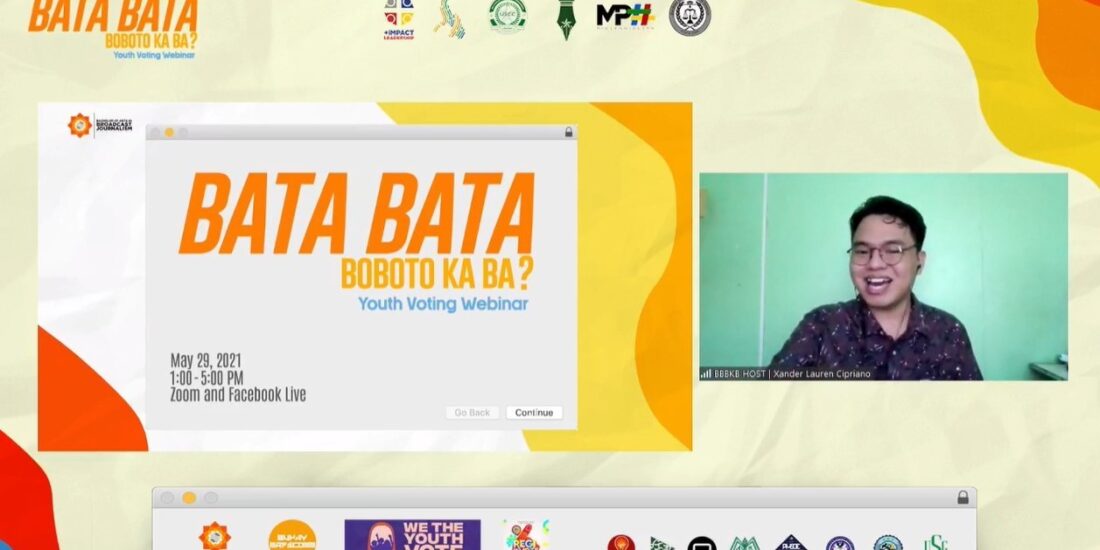Work the talk
Since entering college, I’ve come to wonder how “Lasallian education” works, or at least, what sets it apart from other schools. So, what can I really get from studying here in this institution?
We all know that Lasallian education centers on bridging Catholic values and academic excellence. It pushes to reach a different kind of level that strives on enriching our intellectual, physical, social—and most importantly—spiritual development. I ponder on this idea since I graduated from a Catholic high school. But as the years pass by, and with technology on the rise, the traditional type of education has been revamped into a more cool (what it aims to be) and poor (what it really is right now) kind—the 21st century education.
Technology wise, the trends that have emerged have brought us into a whole new level of education. Now, schools need to have a broader set of “21st century skills” to face the battlefield of a rapidly evolving, technological world. It is also true that knowledge and information are rapidly changing and increasing that no one can learn everything all at once. For this reason, students need to be taught how to process, analyze, and use the information along with their skills. The problem with the idea of 21st century education is how professors rely too much on technology as their means for teaching, like in the case of some professors uploading all the modules on Schoolbook and failing to engage with students in real life.
The learning we gain is only as good as how we apply it.
Primarily, Schoolbook is designed to complement class teaching and not to actually take over teaching. Because as far as students are concerned, they are paying tuition to learn something from their professors—and not just through Schoolbook. Without teaching us how these shells of information are used in a real-life setting, right then and there, institutions already fail to educate us. For the learning we gain is only as good as how we apply it.
Outside of a classroom setting, there are professors who use blended classes in place of standing in front of a class for a one and half or three hour-long explanation with their lessons. Some are more than willing to pass the duty to us students, thinking we can all learn and digest all the uploaded PowerPoint slides and PDFs on Schoolbook. In that instance, our learning is being confined digitally without personal interaction at all. Though online use is useful, especially during urgent matters like suspension of classes, letting it replace in-person classes does not equate to optimizing its purpose for our benefit.
Far from generalizing this perception, I look up to those professors who opt to make students jot down notes and input their insights, rather than spoon-feeding the information or letting us take pictures of slides. Another example of interactive learning is through class recitals where students are being engaged to think critically. Although all professors have a different approach, it all boils down to how students can process and let all the information sink into their brains—which is generally done through face to face communication versus online.
As far as I know, the learning process we all undergo is a two-way communication process between the student and the professor. The reception of knowledge demands the students to also make an effort in understanding the lessons as well as clearing out vague information. This doesn’t only take place in our classrooms, but when we actually step out and make use of our knowledge outside our school or even just in our homes.
There’s nothing wrong with pursuing a new alternative learning pathway for students, but there is a need to dig in deeper into the kind of education we truly want to establish as a solid foundation. At the end of the day, we all ask ourselves, “Am I getting something more than just learning?” Until then, we can only say this is the kind of education we signed up for from the start, but are yet to receive.





